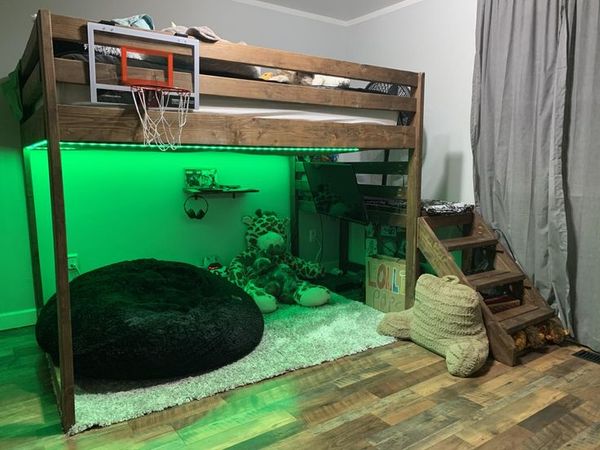Moving homes is an exciting, but often daunting venture. There's the exhilaration of starting fresh in a new space, but also the stress of packing and making sure that your belongings, especially the delicate ones, make the transition unscathed. Items like premium linen might seem trivial, but anyone who has tried to fold and pack them understands the frustration they can bring.
So, how do you move these tricky textiles without tearing your hair out or wrinkling them to oblivion? Let's delve into some tried-and-true methods.
1. Start with a Clear Workspace
Begin by clearing a flat surface, like a table or bed. This will give you plenty of room to fold and pack without the added hassle of navigating obstacles. The last thing you want when wrapping up that elusive duvet cover or tucking in the corners of luxury fitted sheets is to be distracted by clutter.
2. Fold Fitted Sheets Methodically
To efficiently fold fitted sheets:
- Start by holding the sheet by its two adjacent corners on the shorter side.
- Tuck one corner into the other, right sides together.
- Smooth the edges, and repeat for the other set of corners.
- Lay the sheet down, elastic side up, and fold the sides inwards.
- Finally, fold it in half or thirds, depending on the size.
This method keeps the elastic edges contained, reducing the potential for snags and wrinkles.
3. Protect Delicate Textiles
Consider using garment bags or protective covers for your more delicate textiles. For fitted sheets, pillowcases, and duvet covers, sliding them into a silk or satin bag can prevent unnecessary friction during the move. These fabrics are smooth and will reduce the chances of your sheets getting tangled or wrinkled.
4. Use the Roll-Up Method
Instead of the traditional folding method, consider rolling your textiles. This can work particularly well for items like duvet covers, which can be bulky and unwieldy.
- Lay the item flat on your clear surface.
- Fold in any loose edges or corners.
- Starting at one end, roll the item tightly until you reach the other end.
Not only does this save space, but it also helps prevent sharp creases.
5. Don’t Overpack Boxes
There's a temptation to cram as much as you can into a single box, especially when you see a bit of extra space. However, when it comes to delicate textiles, this can be a mistake. Overpacking can cause undue pressure on your items, leading to wrinkles or damage. Pack boxes to a comfortable capacity, keeping sure there's a little give when you press down on the contents.
6. Label Clearly
In the chaos of a move, it’s easy to lose track of which box contains what. Avoid the scramble later by labeling each box clearly. Write both the contents and the room they belong to, e.g., “Master Bedroom – Bedding”. This way, when you're setting up your new home, you can easily locate your delicate items and put them in their rightful places without having to rummage through multiple boxes.
7. Keep Them Dry and Clean
Moisture is the enemy of textiles. Make sure your fitted sheets and other delicate items are completely dry before packing them. Even a small amount of moisture can lead to mold or mildew, rendering your items unusable. Additionally, consider using silica gel packs or moisture absorbers in your boxes to prevent any unexpected dampness.
If you possess heirloom linens or high-thread-count sheets and duvet covers, it's worth investing extra time and perhaps even materials to ensure their safety. Consider wrapping these items in acid-free tissue paper before placing them in a protective bag or box.
8. Refrain from Using Fragrance Sachets
While it might seem like a good idea to keep your textiles smelling fresh with fragrance sachets, these can sometimes leave grease marks or discoloration. Instead, opt for cedar balls or blocks. They naturally repel pests and keep your items smelling neutral.
In Conclusion
Transitioning homes brings with it a myriad of tasks and concerns. But with a little foresight and preparation, even the most delicate of items, like your favorite fitted sheet or that luxurious duvet cover, can arrive at your new abode in pristine condition. Remember, the key is to pack with care, use protective materials, and keep everything labeled and organized.






